Last week I featured Chris Rush’s post on how he began giving skype lessons via italki, and moved from zero students to being overbooked. This week I want to share with you how you can make money online without teaching on skype.
In my book The Numbers Game in the Life of a Teacherpreneur I share my story of starting out by giving skype lessons, too, but then moving into creating products, courses and programs – a model that has allowed me to free up my schedule and significantly improve my teaching.
After all, it’s extremely hard to improve your teaching and remain excited and motivated when you teach 5-7 hours a day. Plus depending on the time of the year, private lessons can be tricky as students take breaks, get sick or try working with another teacher. All this creates inconsistency in your schedule, which then reflects on the amounts that you make (and adds to your stress level).
Finally (and most importantly for me) giving skype lessons only can be hard to scale, and it makes you tied up to a schedule which may not always be favorable.
I know some people who read this, are in transition or might be thinking of teaching online in the future but they would like to get started now. This post is for you. Find out how you can start making money without having to do skype lessons.
What follows below is a portion from my book The Numbers Game. *** At the time this post was updated (March 2021) the book is no longer available for purchase, but there might be newer books about money in the future, stay tuned.***
#Teach #online without giving skype lessons +a FREE guide to different online teaching formats.Click To Tweet
There’re different ways of making money online without teaching skype lessons, and those include: selling courses, e-books, group programs, etc. While many teachers already have courses and materials available, few find it easy to actually sell them. There’re two reasons why sales don’t happen:
- online teachers don’t have a list of subscribers
- online teachers don’t take time to educate their subscribers about the advantages of their product/course.
Potential buyers need to see the value of this product and how it can change their lives. This doesn’t only mean the features of the product. Your education part is all about answering the big why’s:
- Why did you decide to make this product in the first place? (hopefully your first answer isn’t “to make money” because that doesn’t sell well).
- Why does a student need this product?
- Why can this product help solve the student’s problem?
- Why your product and not somebody else’s?
To educate your subscribers about the features of the product you need to try and get over your own curse of knowledge and find one common struggle that you had and overcame when you were learning something, with which your potential buyer might still be dealing.
Moving Away from Skype Lessons
I set out to work hard and make changes to my business model, focusing more on content creation, education, email marketing and sales so I could make my private lessons true VIP services.
Here’s the run-down on numbers, for the first 3 months.
I have 2 major lists in my subscribers’ database, one for students who want to improve their accent, the other one for teacherpreneurs. In December of 2015 I had 175 subscribers in both lists and 31 new subscribers (which means, roughly, that I was adding 1 subscriber a day). The website views were at 996, and my income was low because I didn’t have private students (the curse of the holidays).
In January things began to pick up. I developed a posting and an emailing schedule, gained 90 new subscribers (at the rate of 3 a day) and began working on my lead magnet. The website views doubled.
Also, I went on Instagram and gained 1, 000 followers in 1 week, by the end of the month I had 3,000 followers. I was converting them on a regular basis, inviting them to sign up to my newsletter. I discovered that having a link in the bio wasn’t enough, one had to invite them to sign up. I ran a few free webinars. My income was low, still.
In February I decided to put my “i-tunes” in place, i.e. develop a minimum viable product that would allow me to sell my courses. It was an accent review that cost $8. With a bit of a push I sold a couple and then sold my pronunciation courses as a follow-up.
The page views went up another 10%. The number of new subscribers was 155. I made $600, and I only gave skype lessons to 1 student who paid me $200. The rest of the money came through products.
I was selling my low-cost product (accent review) and online courses, but not just by putting them out there and hoping people would buy them, rather I was intentionally educating people about the benefits of the course and giving them opportunities to buy it.
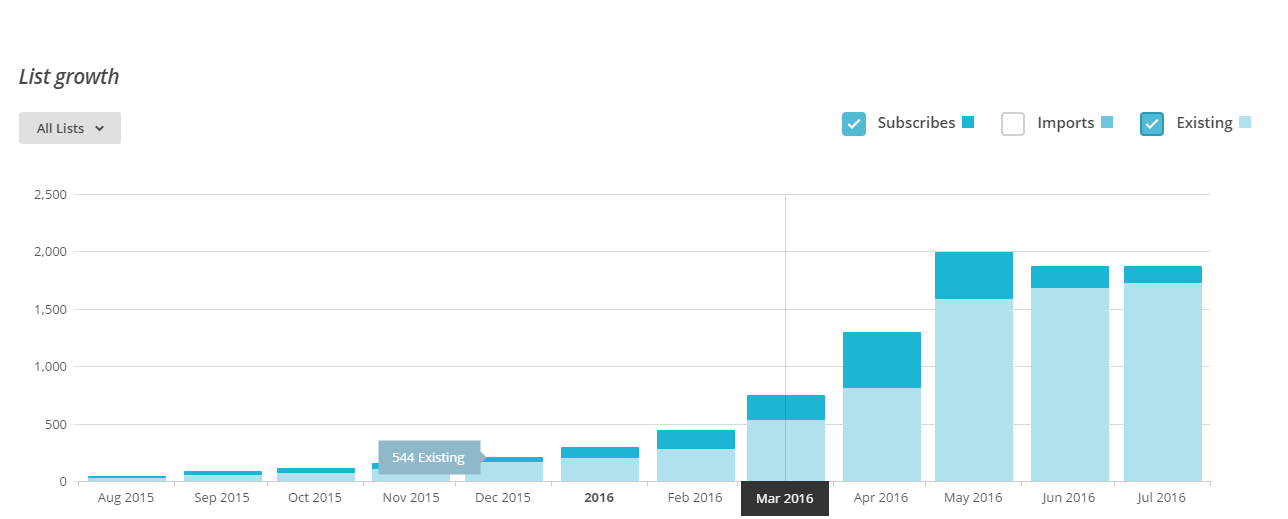
March was terrific. I realized I was making progress and for that I only had to be consistent with my writing, emailing and content creation. I’d had some products from previous years, but they weren’t selling that well, until I began educating my audience.
I learned that growing one’s list and developing a strategy of selling one product after another, starting with smaller-ticket items and moving on to some more expensive ones helped convert more people, as not everyone on the list was ready to invest into private lessons. This is when I decided to launch my Express Email List Builder for online teachers – the pilot version of the course, at $89 per person.
After watching my pre-launch campaign activity (i.e. the people who were opening and clicking the emails) and doing some hustling (writing to the interested people directly) I had a group of 6 people taking my course, all of them from my list. My goal was to help teachers set up their email marketing and show to them how much a simple (but strategic) email can achieve.
I did some guest posting and gained another 200 subscribers, my website views went to 3,000, and I made $900, still teaching only 1 student once a week and drawing the rest of my income through courses, this new program and one-time consultations.
Keeping a good track of numbers will help you get even more motivated. You may not be making as much, but as long as you’re growing your list and getting the right content to your audience you will see the financial reward as well. For me even smallest growth indicated that I was doing things right.

5 Takeaways
Obviously, this model may or may not work for everyone. It will take you longer to start making money, compared to teaching skype lessons, but in the end it will free you up and give you more opportunities to scale your business (go beyond what you would have made at your full capacity teaching individual lessons).
I’ve made $2,000 for the last 2 months consistently, and I noticed that it gets easier each month and you get more organized and structured as you sell your product(s) to the right people and polish up your strategy.
5 things you need to start doing today (if you wish to adopt this model):
#1: Build your list. Sign up for my free course for beginners.
#2: Create content consistently (in your niche). So many teachers keep teaching general English (or 5 aspects of English), and that’s just a waste of your expertise. Dig deeper. Discover your niche. Eliminate all the white noise. Focus.
#3: Communicate with your subscribers. Don’t write at them. Write to them. Soon you’ll be receiving emails from random people thanking you for your work or people asking if you could answer specific questions. Here’s a post featuring 3 of my most engaging emails.
#4: Create a minimum viable product. It’s a low-cost product that doesn’t get your subscribers out of their comfort zone too much. Hint: offering a free trial lesson may be intimidating to some. Read these stories of teachers who created and sold products and programs.
#5: Follow up with an up-sell. Once a person buys from you once, there’s a likelihood that they’ll buy from you again. What I do is I mark the people who have bought from me as “VIPs” on my list, and then direct my next product to them only. Your up-sell can be a course or a group training. Here’s my story of creating an online course.
BONUS: Do everything gradually. It took me almost 2 years from the time I built my first course to now, when I created my Minimum viable product. Yes, I did things a bit backwards, that’s why I wrote The Numbers Game, to help you learn from my successes and failures.
I see teachers trying to complete everything before they start selling, but it may take a few years. So look back at the six items above and create a strategy, focusing on one thing at a time (except list building, that must be your focus at all times).

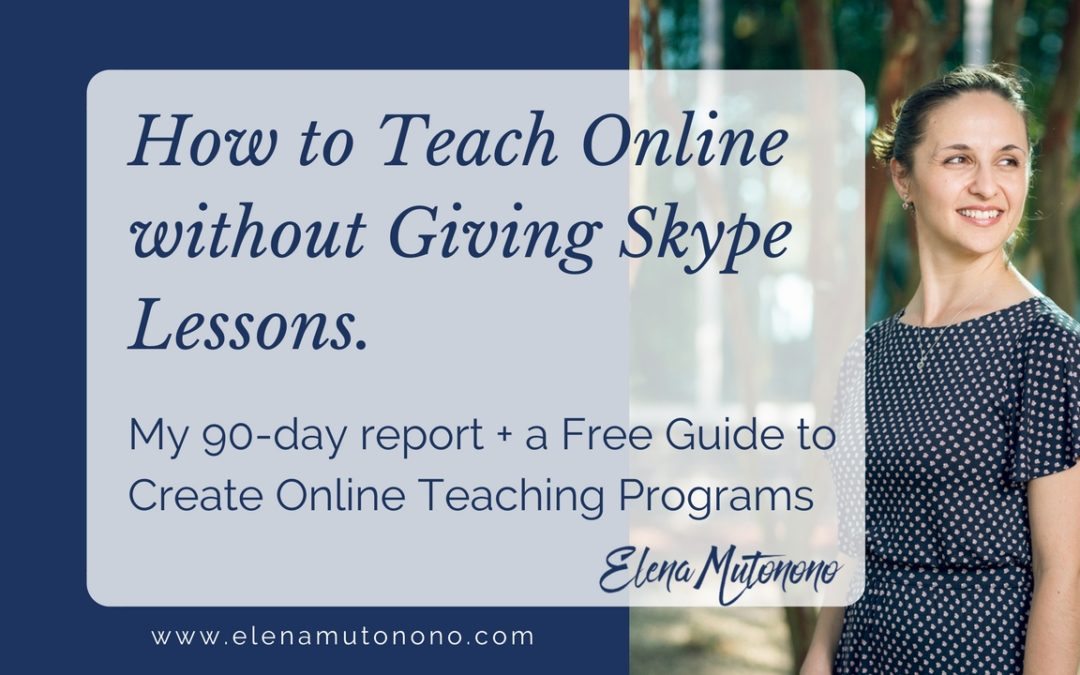
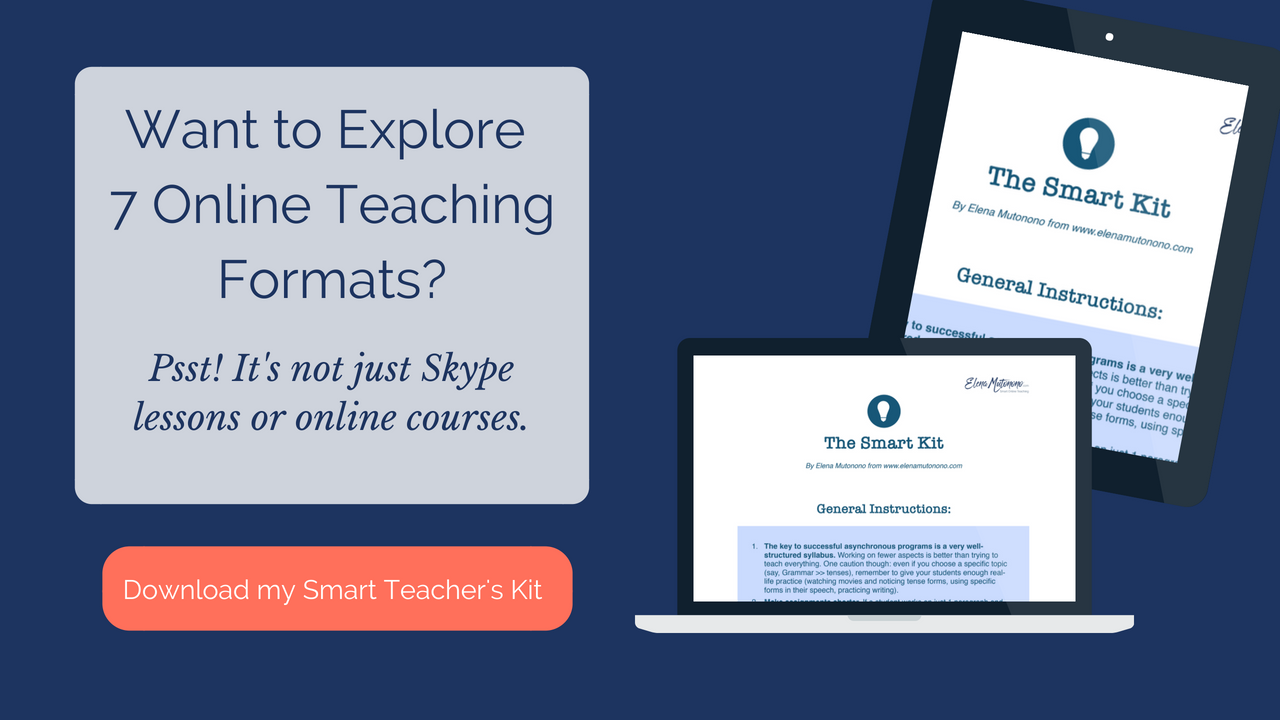
 Welcome to my nook where *Big Magic* happens. My name is Elena Mutonono, I help small business owners package their services as digital products and sell them online. I want you to work smarter, not harder. Increase your impact beyond your current face-to-face clients. Grow your business as you reach more people all over the world.
Welcome to my nook where *Big Magic* happens. My name is Elena Mutonono, I help small business owners package their services as digital products and sell them online. I want you to work smarter, not harder. Increase your impact beyond your current face-to-face clients. Grow your business as you reach more people all over the world.
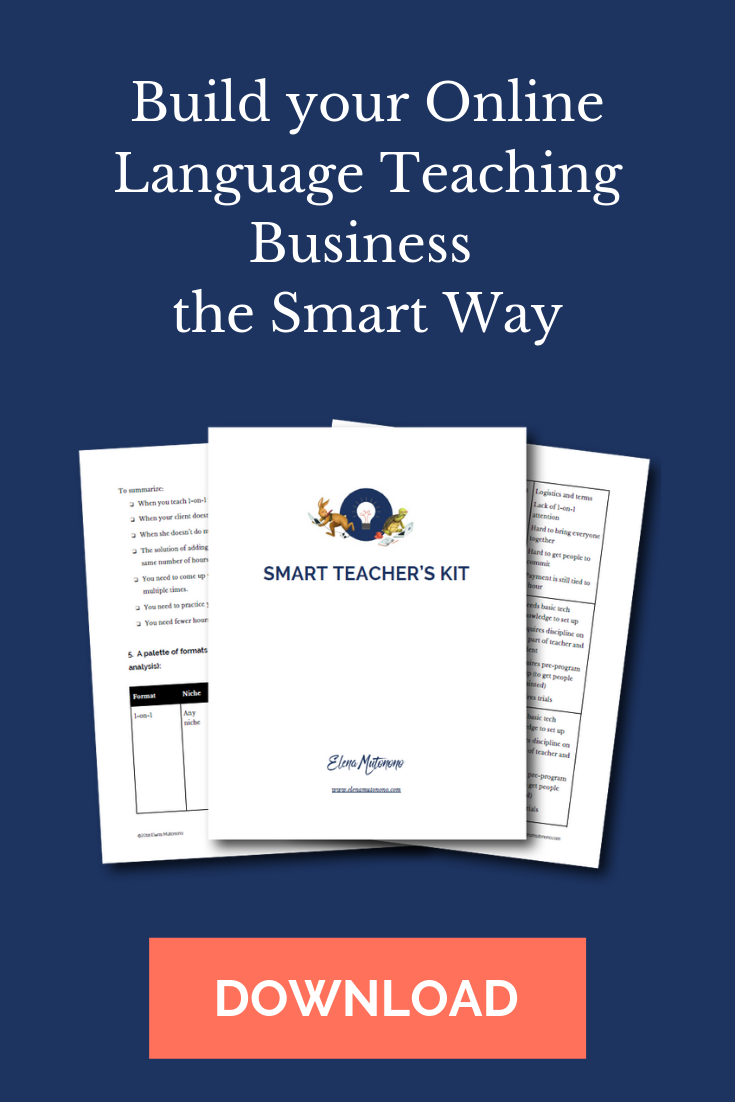


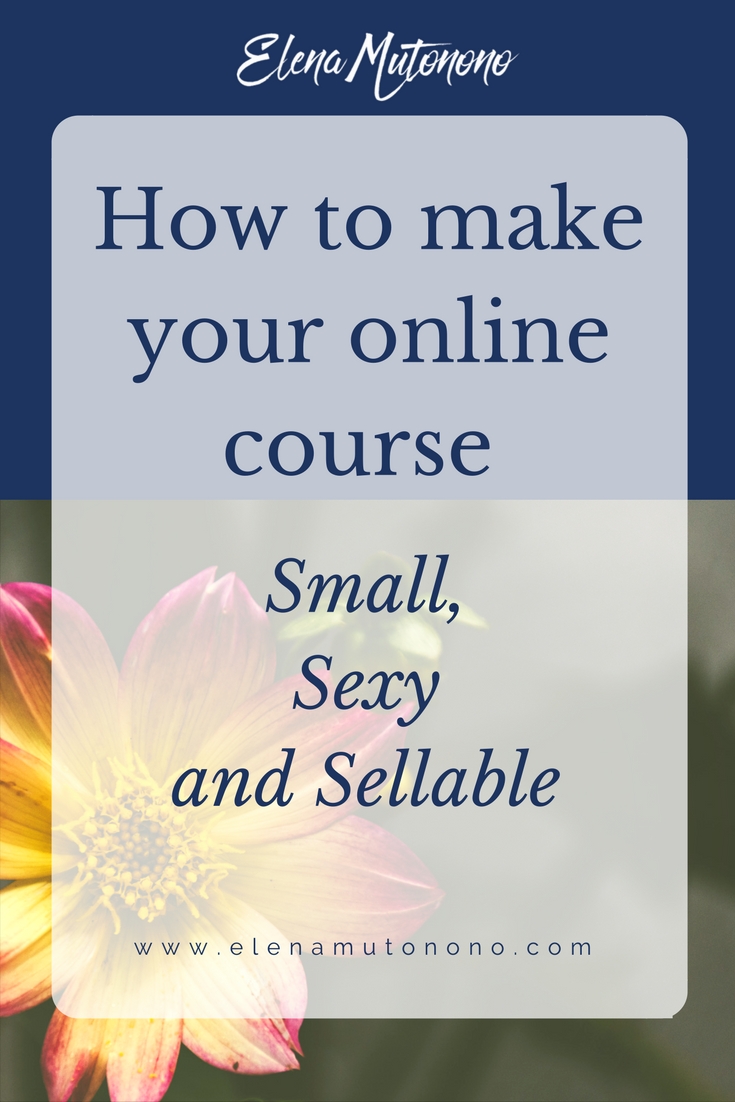

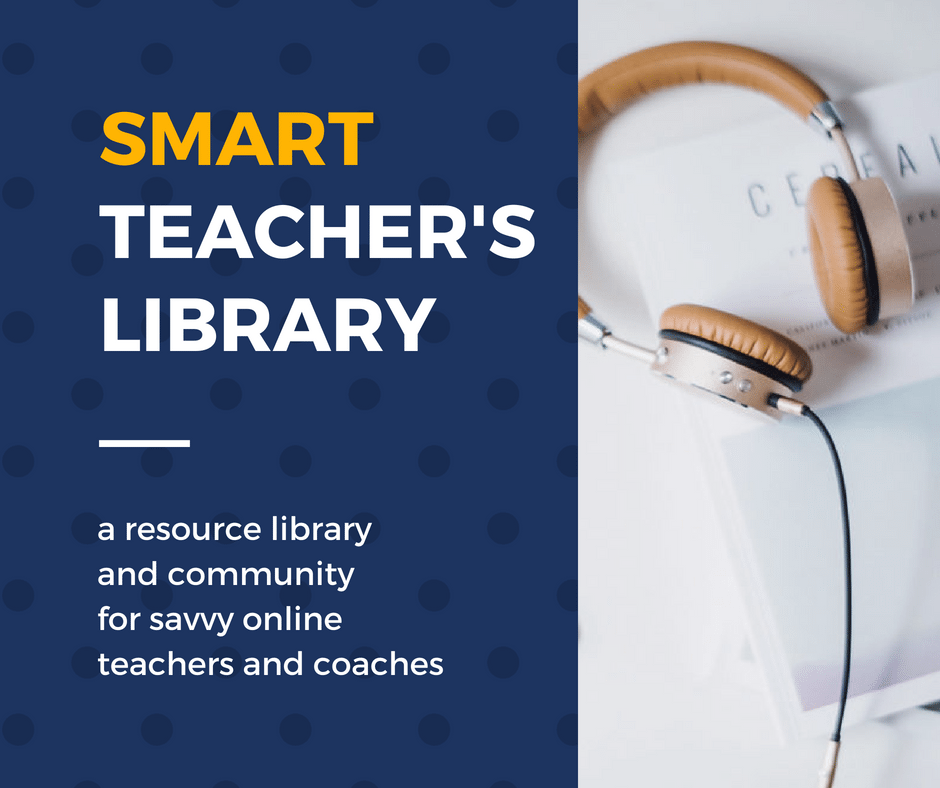
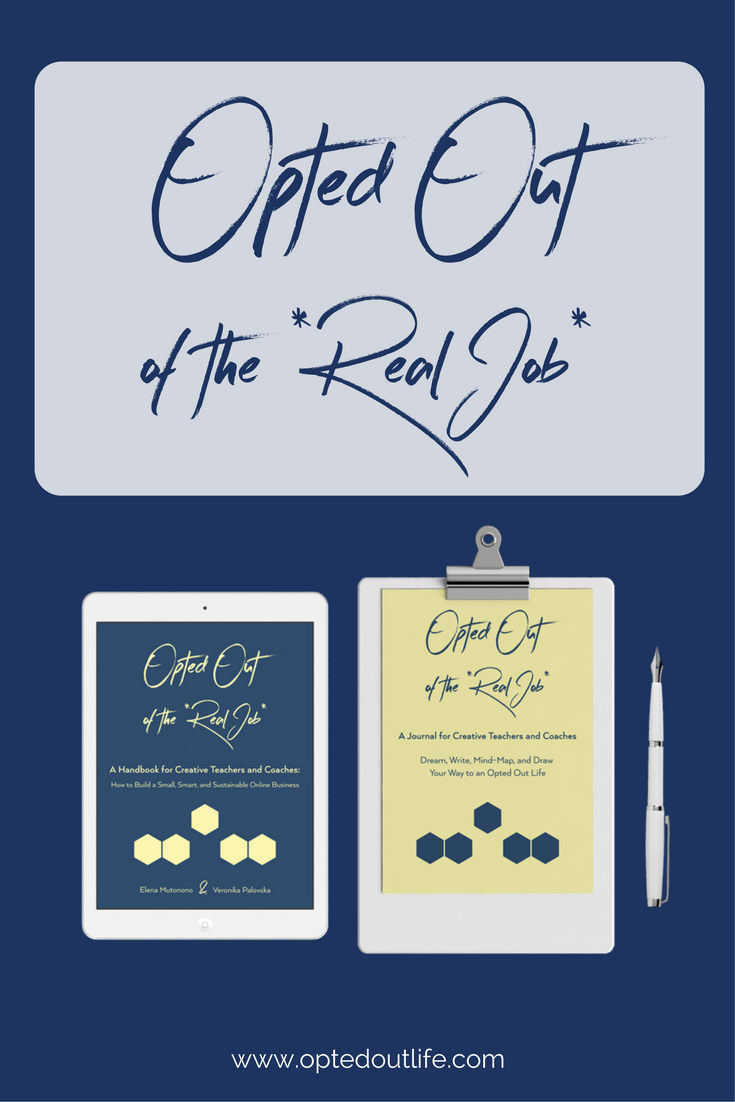

HI Elena,
Thank you for sharing your experiences as an online teacher and content creator. I have had my share of frustrations learning the ropes and I was glad to come across your learning materials. Also, I was happy to learn that you live in Slidell. I live in the Shreveport area and often travel to the New Orleans/ Slidell area.
Where do you get your ideas for blogging?
Thanks,
Carol
Carol, you’re probably my very first subscriber from Louisiana! I’m now in New Orleans and plan to speak at LaTesol on Friday, September 23. Would you be able to make it there? I’d love to meet you in person and maybe have lunch/coffee with you?
Glad to hear that my materials are helpful. I get most of my blogging ideas from my interactions with online teachers: coaching them to work online, running training programs, seminars, and asking questions in my FB group: http://www.facebook.com/optedout
I learned, too, that a well-defined niche really helps narrow down one’s focus and provides a lot of inspiration. Prior to this blog I used to have a “General English” niche (which really isn’t a niche), and I was racking my brain every week as I was getting ready to write my next post. Knowing your niche and your audience well helps develop relevant materials.
Please let me know whenever you’re in NOLA again (if you don’t think you’ll be coming for LaTESOL), I would love to meet for coffee or something.
What a small world we live in and how we are destined to met certain people. I have been talking with you on facebook and followed you here. I will be moving to Louisiana next year from Australia and that was one of the reasons I was changing my teaching path to online. And here I read you live there! I will be living in Lafayette! Hopefully one day we will cross paths there. Meanwhile I am enjoying your work very much.
Patricia Australia
Wow, Patricia! So are you already transitioning into online teaching? Can’t wait till you come to Louisiana. Let me know when you arrive. New Orleans is a wonderful place. Let’s connect in real life 😀